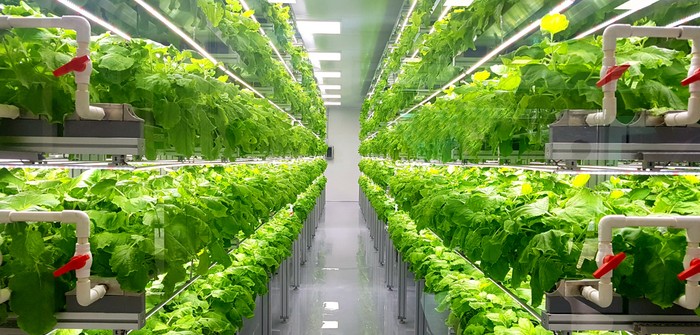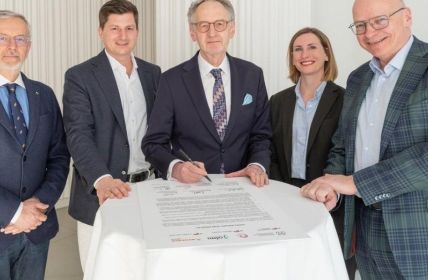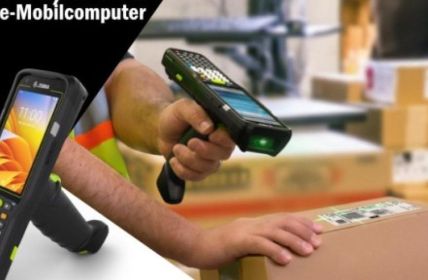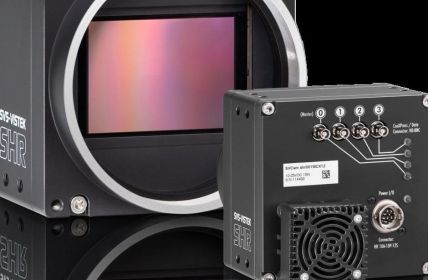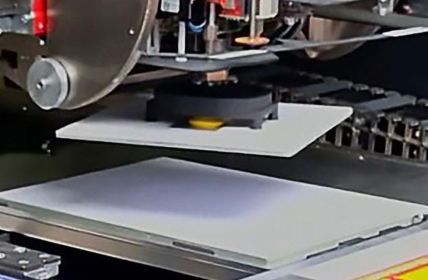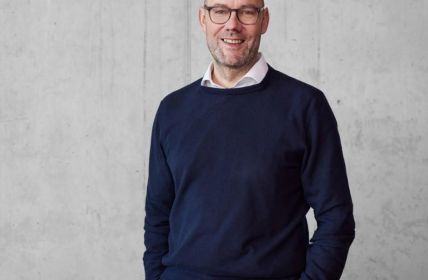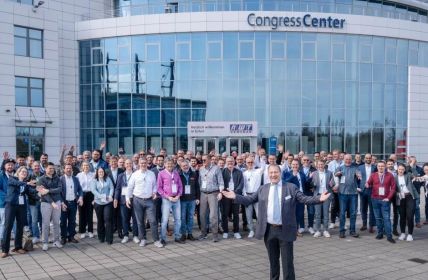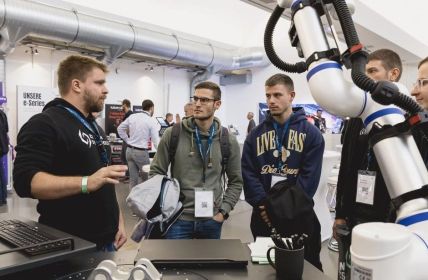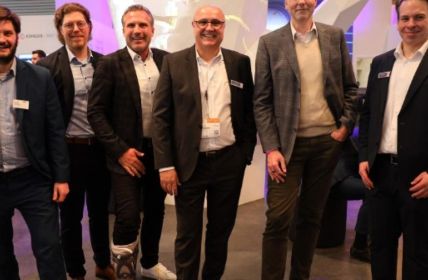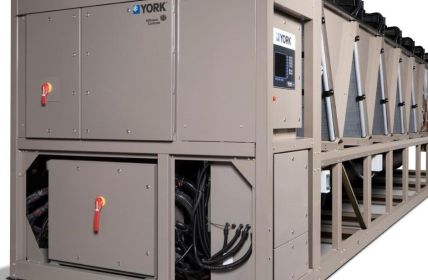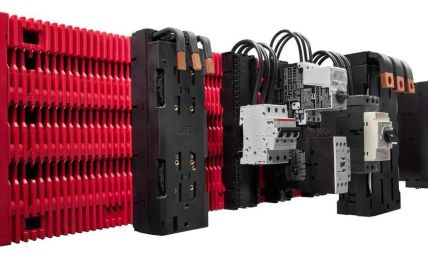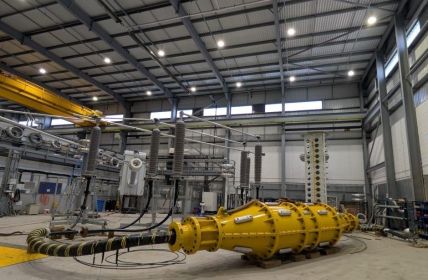Swegreens, a Swedish developer of urban-vertical farms, wants to make growing food a bookable service. With the help of artificial intelligence (AI) and the Internet of Things (IoT), these processes should also be controllable remotely. The company is the successor to Plantagon, a leading pioneer in this field at the time, which went bankrupt in 2019.
Table of Contents: What awaits you in this article
Conventional agriculture loses its luster
In the wake of declining yields in agricultural production processes worldwide, demand is growing for biochemical pesticide-based alternatives to conventional farming. Moreover, the associated consequential damage to the environment, animals and human consumers is now too obvious to be ignored any longer. The numerous lawsuits against well-known seed and fertilizer manufacturers are proof of this. This is why, in the wake of the climate change debate, methods are increasingly being developed that seek to use other aids in cultivation.
AI agriculture: more cost-effective and environmentally friendly:
This then explains why artificial intelligence (AI) is increasingly finding its way into this sector of the economy. Inexpensive sensors are placed in thousands of soils, where they analyze the actual nutrient requirements of crops. The information obtained in real time is then transmitted to Internet of Things (IoT) clouds. From there, it is sent to analysis stations that can play out the data analyzed in the process to a wide range of end devices. The advantage of this approach is that no more water or pesticides need to be spread over unprofitable areas and wasted to the detriment of everyone.
Urbanization trend overwhelms conventional agriculture
Another development that is currently having an impact on food production is the trend toward increased urbanization. More and more people are leaving rural regions to move to the cities because the infrastructure there is often much better developed. More job opportunities and cultural offerings, as well as short distances to almost everything, are often the decisive reasons for this. But with the increased influx from outside, the already rather strained relationship between agricultural production and urban consumption is also increasingly coming under pressure. Many people in diminishing spaces want to be supplied with more and more food, and preferably high-quality food, at all times.
Vertical farms against urban hunger?
Some believe they have found an answer to these problems in the concept of vertical farms. Here, for some years now, quite successful cultivation systems have been tested that are set up in cities, often inside buildings. The idea behind this is that it is usually much easier to assess directly on site what is needed, when and by whom, so that it can be planted in good time and harvested in the shortest possible time. Admittedly, in the numerous test phases, mostly only the luxury gastronomy ordered this new form of fresh food, if they did not even grow it themselves. But in purely mathematical terms, the potential to supply larger groups of people is definitely there.
Environmental protection through inner-city cultivation
For all its innovation, this technology also keeps an eye on the environment. Instead of using long transport routes, even if only from the surrounding villages, people prefer to grow the vegetables they need themselves on site. In addition, it has been proven that the stacked crops can often be put to multiple uses at the same time. Combinations of fish and vegetable farms have already been presented in which the excrement of the animals is used simultaneously as fertilizer and their breath is successfully used to cover the Co2 requirements of the plant cultures. Even if the horror scenarios of climate change should occur as predicted, this form of food production would be an important step into the future. If in the future really large parts of the earth become uninhabitable and can no longer be cultivated, inner-city agricultural areas on, in or under houses could perhaps at some point secure the food supply for entire populations.
Swegreens: Old idea in a new format
Swegreens has been well acquainted with the entire subject for years. Emerging from its well-known predecessor Plantagon, which went bankrupt two years ago, the company has learned from its mistakes and now wants to do a lot better. Instead of just developing technologies to develop the vertical farm market, as before, they now plan to hire out the entire process. Former members and backers of the old company firmly believe in the potential of this business model. After all, they are now in a position to offer everything from a single source.
Autonomous production in supermarkets and restaurants
The plan is to enable supermarkets and restaurants to grow and harvest fresh vegetables autonomously. To this end, platforms will be set up that are capable of simulating natural indoor agricultural structures in such a way that vegetables can be grown in them. Artificial intelligence and Internet of Things applications will take over the monitoring and control of nutrient supply, temperature conditions and the general climate in this case. Automated elevators and robotic arms then take care of the harvest. Swegreens can cover the entire development from seed to finished plant in this process and offers this as a service to interested companies.


